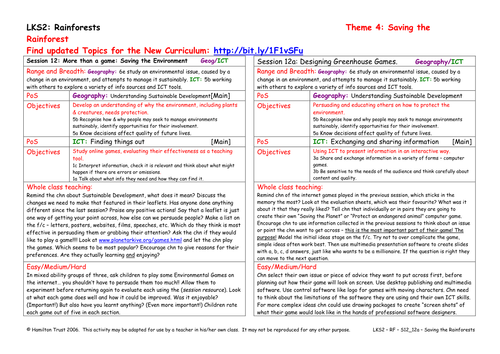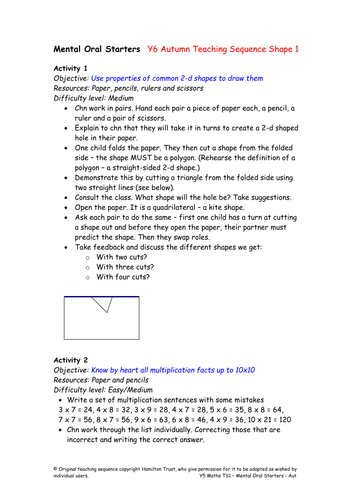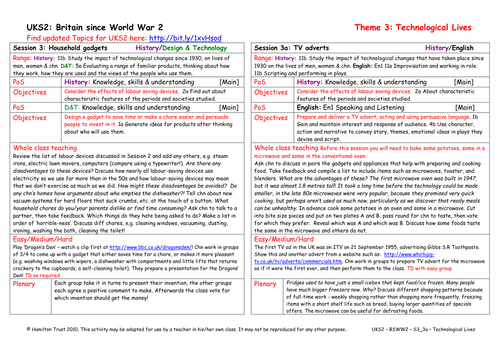
397Uploads
10045k+Views
11646k+Downloads
All resources

Australian Rainforest Animals 2
In this session children take the image of their Australian Rainforest animal printed in the previous session and use it as a starting point for a pastel picture.

Causes of deforestation, organising our research
In this session children find out how to create key word notes and organise their information in folders with contents pages. Children continue to use non fiction book features and the internet to locate information effectively.

Conflicting viewpoints about deforestation
There are two sides to every argument! In this session children take on roles on opposing sides of the deforestation argument. Children create simple freeze frames and sketches to put points across.

Multi-media presentation - Saving rainforest 2
Children complete their presentations started in Session 10, bringing together the information they have collected in previous weeks and images selected from the internet.
Children watch the presentations and give feedback to their peers.

Rainforest Pastel Pictures
Using Where the Forest Meets the Sea children study in detail the palette of colours created by the rainforest. Then using pastels and blending techniques children create a pastel rainforest picture.
Suitable for years 3 and 4.

Rainforest Plants - Vines
Epiphytes are small plants that live not in the soil but happily up on the branches of trees in the layers of the rainforest. In this session children find out more and create pastel epiphytes for the Rainforest display.
Suitable for years 3 and 4.

Rainforest Review
This session brings together all the parts of the rainforest creativity theme. From music created with made instruments, dance and the wearing of headdresses to the displaying and showing of pots. Celebrate everything that has been achieved.

Trip to Tropical Plant Centre
In this session children get up close and personal with tropical plants on a visit to a botanical garden, zoo or even a large garden centre. Children find out more about conditions for growth and the life cycles of different plants.
Suitable for years 3 and 4.

Appliqué - Dyes & Designs
Amazing Amazonian Appliqué! Children use the work of an artist inspired by the rainforest and Deep in a Rainforest as a starting point for some art work of their own. They create simple designs and dye their fabric nature’s way in this session.

Designing Greenhouse Games
In this session children apply what they found out in the previous session about internet games to create their own Saving the Planet computer game. Whose will be most enjoyable? Which game will encourage us to do things differently?

Endangered orang-utans (2)
Orang-utans are humans closest relative! Children find out more about the great ape and other great apes like chimps and gorillas, before using sketching and shading techniques to draw Orang-utans for display.

Historic South African election
Black Africans were very eager to vote in the 1994 South African election. Discuss the significance of Mandela’s election as the first black president in South Africa. Use historic film footage to show queues of voters and reactions to the election.
Suitable for years 5 and 6.

Mental Oral Starters :Y6 Aut Sequence S1
Mental and oral starters for Year 6 Autumn Teaching Sequence S1.

Creative Designs
Applying their knowledge of Mozambique batik, children plan and design a wall hanging. Children sketch their designs bearing in mind the techniques of batik and the need for clear, simple images.

1950s Art
Children look at 1950s sculptures by Barbara Hepworth and Henry Moore and make their own similar model from clay.

The Festival of Britain
Children watch TV footage and research the festival of Britain. They make a postcard of their favourite part and write a message on the back about what they liked.

TV Adverts
Children look at kitchen gadgets and early TV adverts and then work in groups to make up an advert for the first microwave, then act it out for the rest of the class.

Children Can Fight Diseases
Children present through poetry, role play, song or dance, an action that can be taken to prevent malaria.
Suitable for years 5 and 6.




















